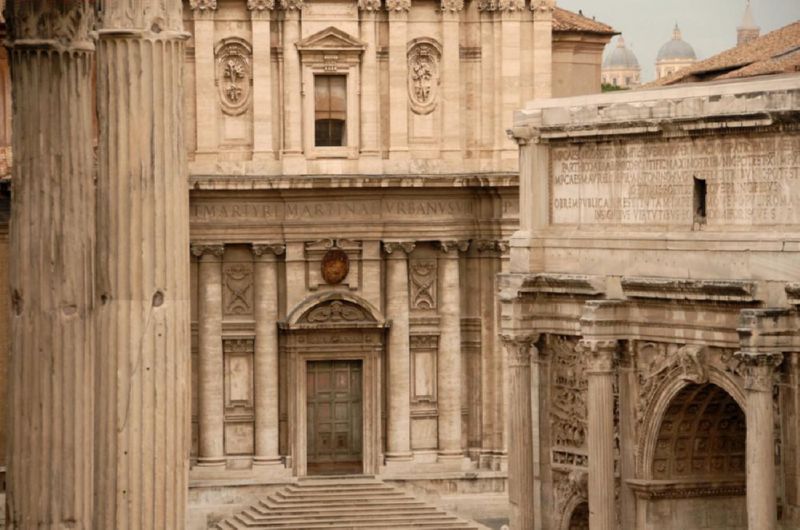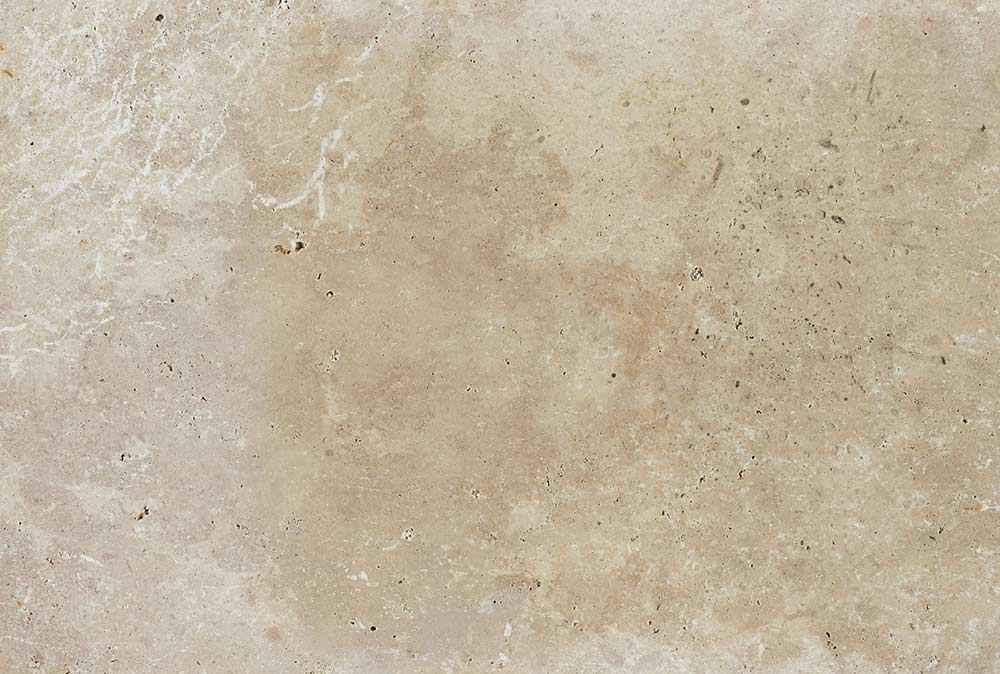- Tell : 09131114998
- Email : info@uranus-stone.com

Travertine stone and its advantages
- 1398/12/22 ,
- stone industries Uranus
- 0 Comment
Travertine and its advantages
Stones have been widely used in buildings for thousands of years, especially in their exteriors. Travertine is one of the most important and interesting types of limestone, which has become one of the most popular building facade stones with its special appearance and structural features.
What is travertine?
In geological science, travertine is a limestone deposited in calcareous springs, especially hot springs. Travertine has a mostly fibrous or concentric appearance that is available in white, bronze and cream colors. The porosity of travertine is relatively high due to its very fast settling process.
Different textures and structures of travertine
Features such as high strength, polishability, high color diversity and aesthetics of travertine has made it a widely used and common stone among the stones in the building facade. In addition to its appearance, travertine does not change color over time, is also resistant to fire and heat, and is very simple and inexpensive to maintain and maintain.
Travertine in the facade of the building
The process of forming travertine has given it a very unique structure, a structure full of small and large cavities, many of which are filled with by-products and many of which are left empty. Perhaps the existence of these structural cavities can be considered as the most important feature of travertine and the main desirable properties of this stone are due to these cavities.
These holes provide excellent adhesion to the cement when travertine is applied, especially on the facade of the building. In addition, these air-filled cavities act as a suitable space to counteract the contraction and expansion of the rock, which is one of the reasons for the widespread use of travertine in the exterior of buildings.

Travertine in the facade of the building
Structural cavities in travertine
The possibility of applying different treatments on travertine stone due to its structural properties is one of the advantages that make this stone very suitable for the exterior of the building. Other reasons that lead people to make the exterior of the building with travertine stone The reasonable price of travertine compared to other stones and on the other hand is easier processing of this stone.
In other words, it can be easily cut into different dimensions and used in different spaces and applications.
Use travertine in various shapes and forms as a facade stone
The color spectrum of travertine is one of the most important factors that make this stone a very good choice for use in the exterior of the building. Different colors are formed in travertine due to the presence of different minerals that have a very high durability and do not fade or fade due to sunlight.
The special color spectrum of travertine stone along with various processes on it, gives it a beautiful luxury look. Travertine with its light color tonnage is one of the cool stones, because the amount of heat absorbed by the sun by this stone is very low.
Travertine coloring
Related articles:
Types of travertine
Advantages of building the exterior of the building with travertine
Travertine, like any stone used in stone facades, has a number of properties.
The most important advantages of travertine stone that make it suitable for the exterior of the building are:
Appearance due to the presence of cavities and protrusions on its surface
Travertine is available in a variety of colors and tonnages.
The cavities in the travertine provide better adhesion to the cement.
Travertine has good resistance to cold, heat and ultraviolet rays.
Travertine maintenance is inexpensive and simple.
In terms of cost, it is more economical than other types of stone facades.
It is very easy to process and work with travertine in different spatial dimensions.
